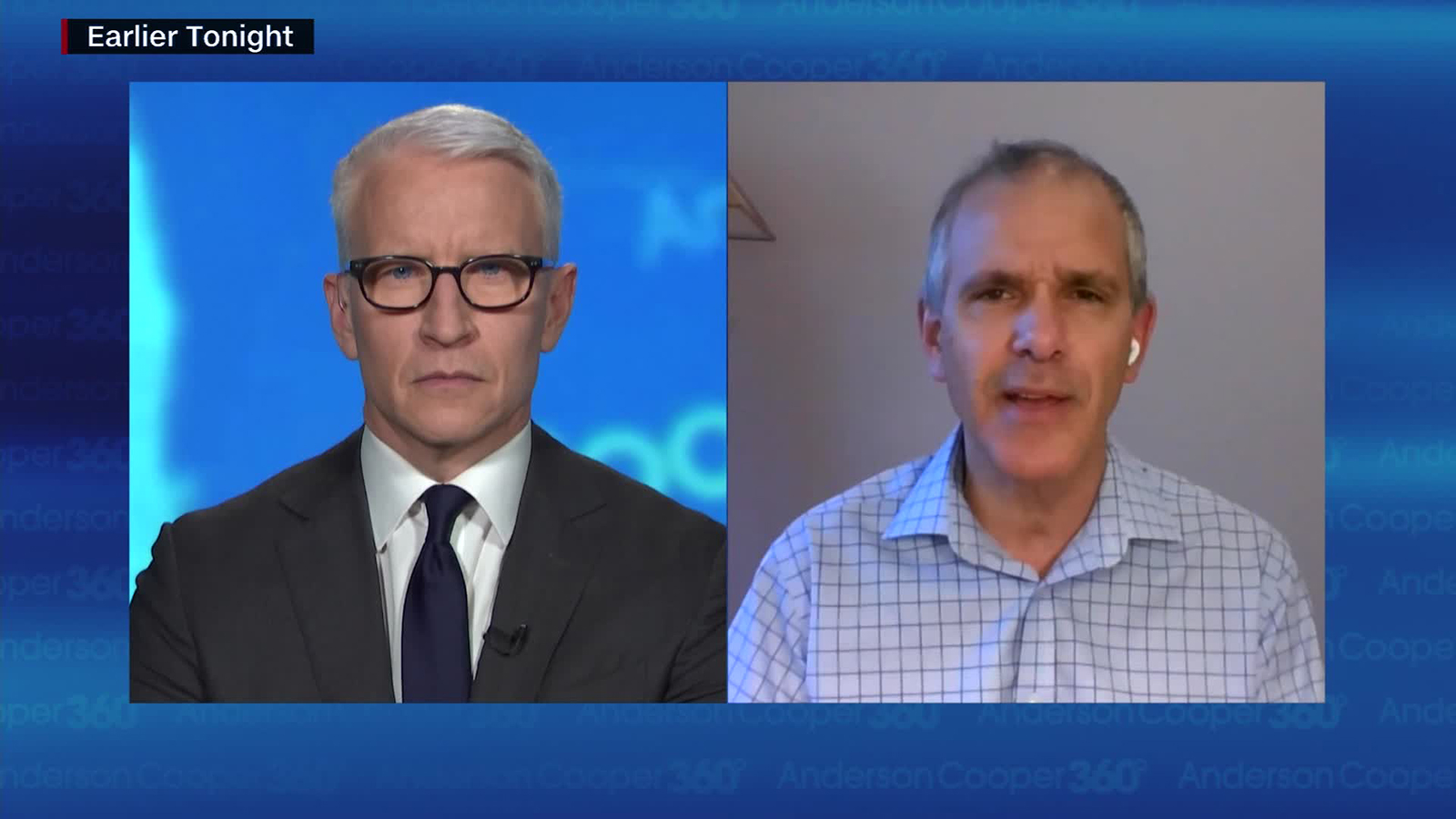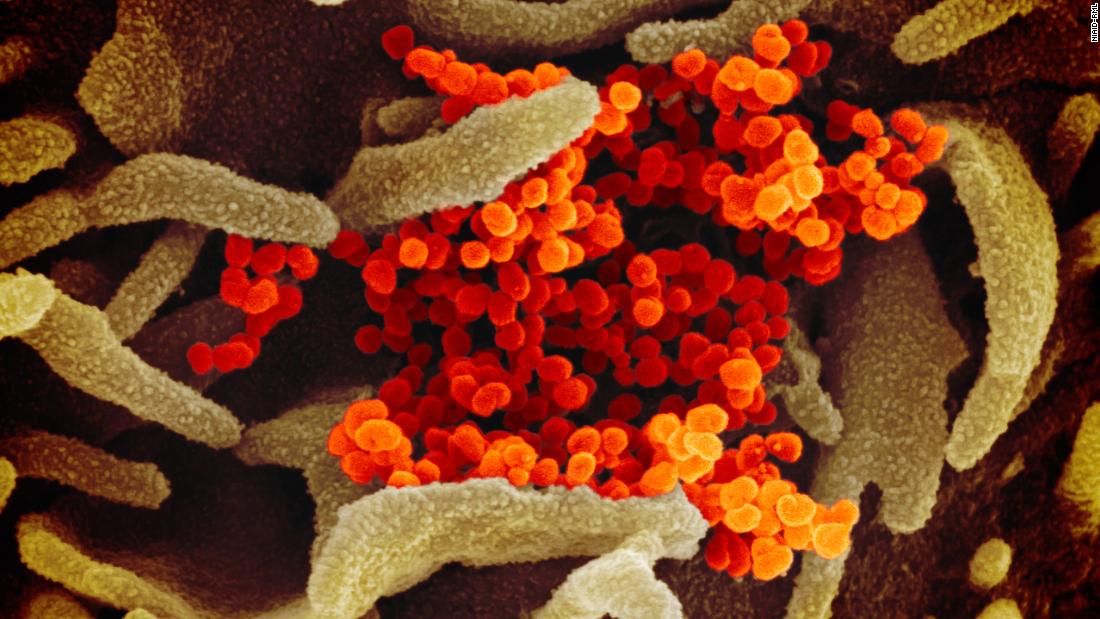Key coronavirus model revises US death projection slightly downward

Dr. Christopher Murray, director of the Institute for Health Metrics and Evaluation, told CNN Monday night that he was “pretty surprised” by his model’s downward revision.
His comments come after his model — which is a key coronavirus forecast often cited by the White House — revised its death projection for the United States slightly downward.
It’s now predicting that 143,360 people will die by August 4 — about 3,700 fewer deaths than the model predicted when last updated on May 12.
“I must say, we were pretty surprised, Anderson. We were expecting them to probably go up because of a big surge in mobility in the last two, three weeks that we’ve seen in the cell phone data,” Murray said on “Anderson Cooper 360” when asked about the new forecast.
“But what’s really been fascinating is there’s not a strong correlation between where mobility’s gone up and the trend in cases and deaths, even when we take into account the increase in testing.”
Murray had previously explained upticks in the model’s projections by pointing to mobility data. The thinking had been that as people move around more, they’ll come into contact with more people and create opportunities for transmission.
But those expected increases in infections haven’t materialized yet — at least not to the extent IHME expected.
“Our explanation for that is if you dig a little bit deeper, and look into the fraction of the population in different states that are wearing masks, we think that’s really the key difference there — both their behavior and mask wearing.”
CNN Chief Medical Correspondent Dr. Sanjay Gupta pointed to delays between infections, hospitalizations and deaths, and asked Murray what he thought the model would look like in a few weeks, as the impact of reopenings becomes clearer.
“I think we’re going to really need to watch the next week or two, because we sort of expected to see it by now, but certainly it could just be a lagged effect,” Murray said. “And I think we may also run into the phenomenon that people may get fatigued of being cautious — stop wearing a mask, start having more physical contact.”
![]()


